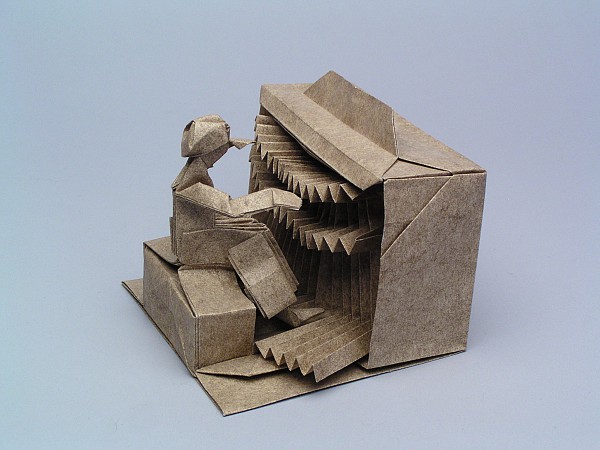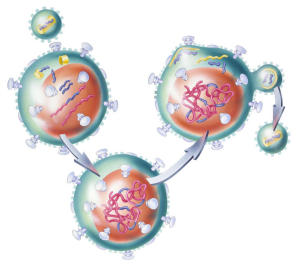It’s always fun to learn fun math facts about our calendaring system. Wired has an article that has just a few examples that you can read about. Just click here.
Author: loganj
Dr. Robert J. Lang

Beginning in the 1990s, the world of origami was dramatically changed by the introduction of mathematical methods in origami design. The most successful was a set of techniques called “circle packing, ” which was a systematic way of constructing any origami figure topologically equivalent to a tree graph. In the new millennium, circle packing has been augmented by many new techniques, collectively known as “polygon packing, ” which gives regular, easily less-insanely-difficult foldable crease patterns. In this talk, I will give an overview of circle packing and talk about the newer polygon packing techniques and will touch on several open mathematical problems that arise therefrom. Robert J. Lang is recognized as one of the foremost origami artists in the world as well as a pioneer in computational origami and the development of formal design algorithms for folding. With a Ph.D. in Applied Physics from Caltech, he has, during the course of work at NASA/Jet Propulsion Laboratory, Spectra Diode Laboratories, and JDS Uniphase, authored or co-authored over 80 papers and 45 patents in lasers and optoelectronics as well as authoring, co-authoring, or editing 14 books and a CD-ROM on origami. He is a full-time artist and consultant on origami and its applications to engineering problems and his origami artworks are shown and sold commercially in galleries in Santa Fe, NM and Jackson Hole, WY. He received Caltech’s highest honor, the Distiguished Alumni Award, in 2009 and has been selected as one of the inaugural Fellows of the AMS in January, 2013.
Using Math After the 5th Grade

Growing up kids often wonder how the math they learn in class is significant, other than to help them past 5th grade. Math teachers and parents return the whiny complaints with generally vague facts of how math is used everyday and everywhere, not just in school.
Today, the growing use of math in a vast amount of other fields is easily seen a recognized. However, math is not only used in basic life activities, but it is utilized in saving life. Doctors are increasingly aware of the advantage of using mathematical models to provide better diagnoses and treatments for patients.
Harvard scientists are contributing to the marriage of math and science, specifically in the field of Biosciences. Mathematicians are working with scientists from Harvard and Doctors from John Hopkins to design more patient specific drug therapies such as drug cocktails for patients with HIV.
Unity Through Math
We love math, and we know that we’re not the only ones. We always get excited when we find other sources of people highlighting the benifits of being a Math Major, even if it’s another University. Check out our "Links to Other Useful sites" page which is in the "Resources for Teachers" section, to find a viriety of other organisations and websites that love math and want to help math students just as much as we do!
Parties, You, & Math

What does math have to do with party planning? More than you think. You need to figure out the number of guests, the size of the location for the number of guests you’re inviting, the amount of decorations to buy, how much food you need, number of party favors, etc.
Take this quiz to see if you have the math skills to plan a party.